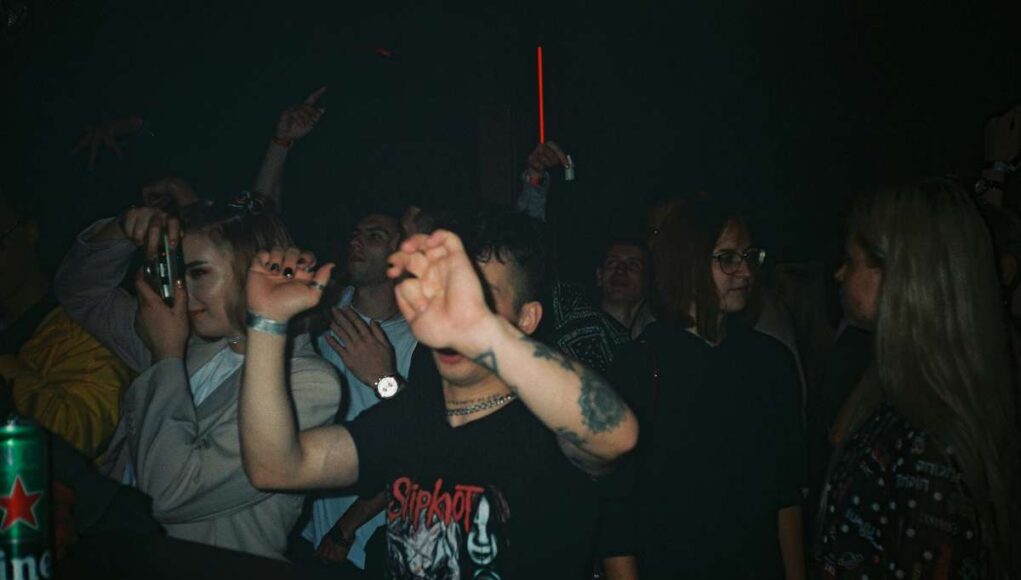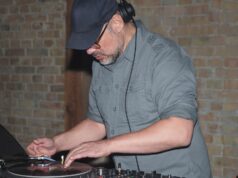In a hood that has basically lost its soul, a new club is set to rise. The Knaack is making a comeback. Cue the Kreuzberg scenesters already whining about “gentrification.” But let’s be real—Prenzlauer Berg needs the Knaack way more than it needs another overpriced yoga studio. The bigger question: can Berlin even host “mega-cultural” projects anymore? Between the district authority, noise limits, and scene-clash dynamics, this isn’t just about erecting a building—it’s a referendum on what club culture is still allowed to be in this city.
A Myth Reincarnated
Fact: Knaack was the first iconic victim of Berlin’s “club death” wave. It survived the GDR, got sunk by gentrification, and now, like a cultural phoenix, it’s supposed to resurrect at a tram terminal loop. It’s basically the OG from 1952–2010—way before places like Icon, Klub der Republik, Steinhaus, Casino II, Deep, or Bastard even existed.
A Planning Saga (Almost as Old as Berlin Itself)
Plans have been floating since 2013. Reopening was whispered for 2016, but nothing happened. By 2025, the plan crystallized: a multifunctional “Kulturhaus Knaack” on the M10 tram loop at Eberswalder/Bernauer Straße, right by Mauerpark—super visible and accessible, but also smack in the middle of a neighborhood full of “sensitive types” who’d rather wake up to silence than a bassline.
2025: The Comeback… or Just Another Pipe Dream?
Spring 2025: BVV Pankow officially approves the new Knaack—imagine a 3–4 story cultural anchor with capacity for 1,000 people: club, concerts, cinema, studios, rooftop terrace, you name it. Operated by Knaack Kulturhaus GbR with ex-operator Udo Petter.
But the hype fizzles quick:
- The building permit expired; new approvals will take ages because… well, Berlin.
- The lease agreement with the district isn’t signed yet.
- BVG is nervous—crowds versus tram traffic, you feel me?
- Local residents are pitching a fit: noise, traffic, external gastronomy.
- Even other clubs are throwing shade: they call it a subsidized monster—too big, too public, too likely to displace the real ones. Double the capacity of the old Knaack, all on a prime real estate spot.
The Irony Is Delicious
Technically a comeback, but it also risks becoming a posh tourist trap—day-time Insta-spot meets nighttime “museum with entrance fee,” as critics grumble. Meanwhile, Kreuzberg is thriving, but Prenzlauer Berg has been hollowed out: Icon and Steinhaus are gone, Kulturbrauerei is too commercial, and only the Duncker holds on as a scrappy Kiez institution.
Here’s the real deal: This isn’t competition—it’s a last cultural anchor. In a hood drowning in brunch hellscape and property speculation, the Knaack project is maybe the only move to pump life back into the streets. Berlin’s demolished more palaces than built new homes for subcultural practice. On paper, the Knaack marks a paradigm shift. Realistically? We’ll see.
Bottom Line
The Knaack symbolizes the big litmus test for Berlin: Can club culture grow, or do we only expect it to scrape by? The city clamors for club protection, night-time officials, noise tolerance—yet DIY spaces vanish not because of bad parties, but bumping rents, bureaucracy, fire codes, and zoning nightmares. The Knaack could light the way for subcultural renewal… or prove what happens when club culture gets tamed, institutionalized, and marketed.








